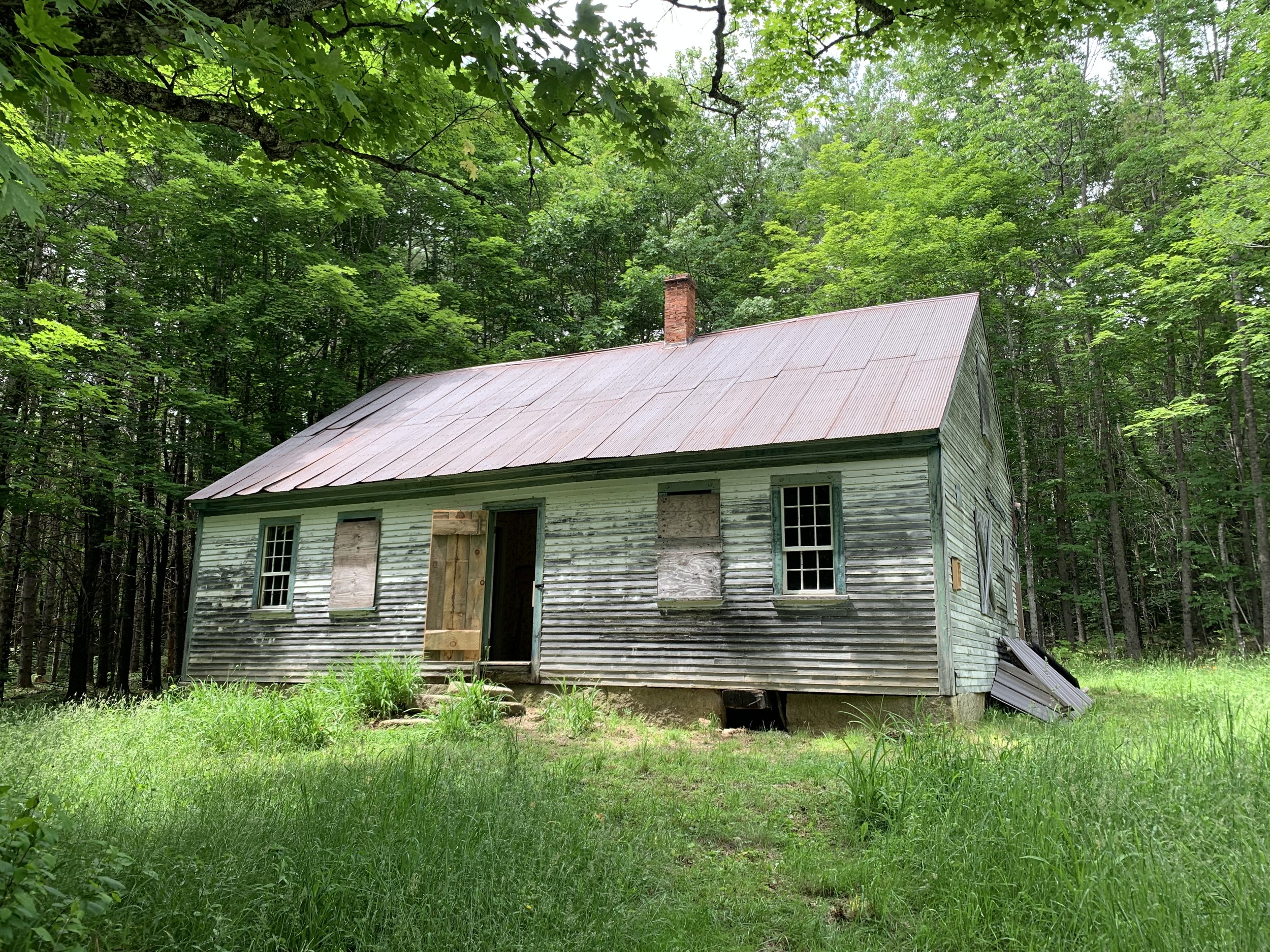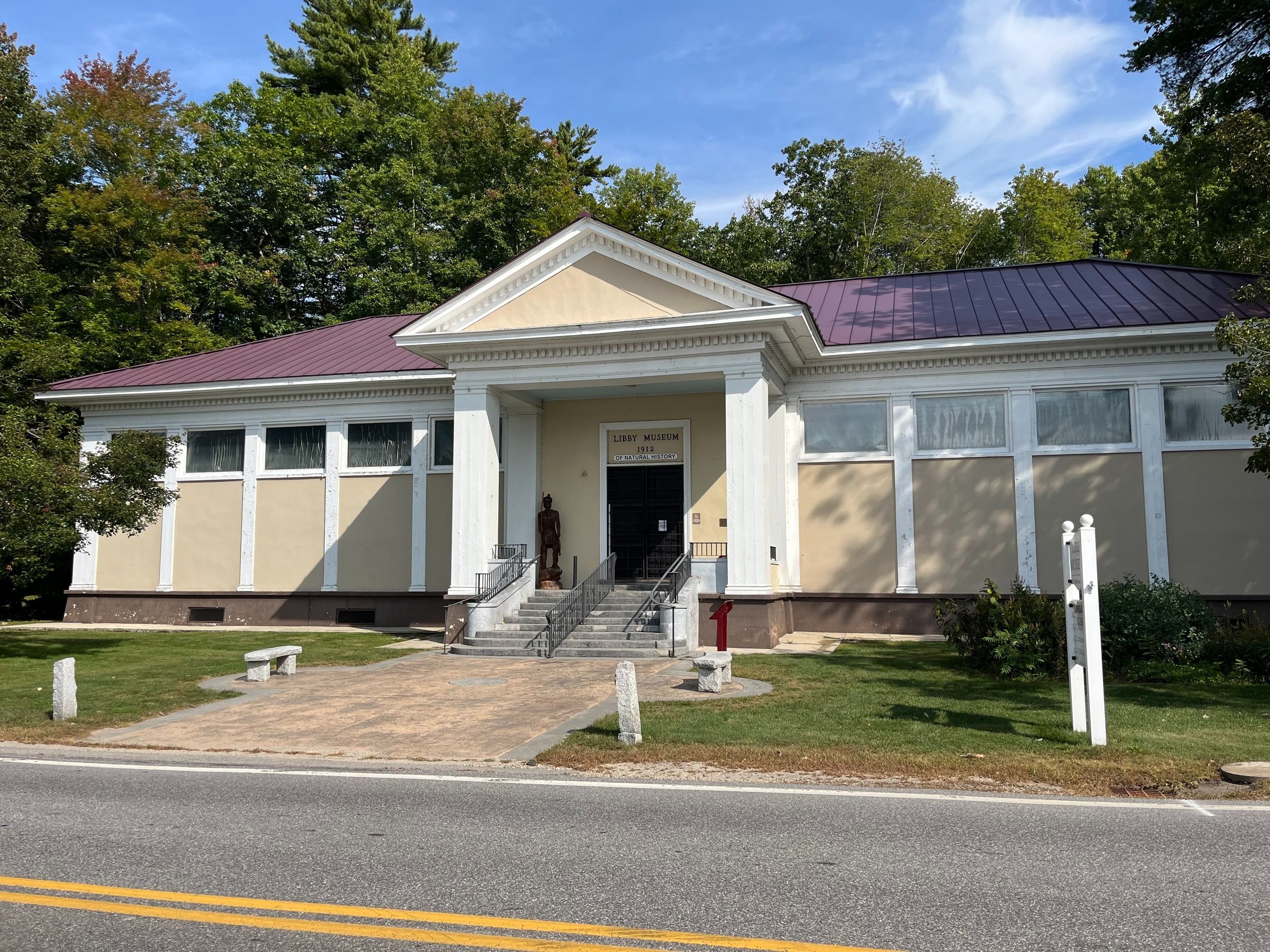Announcing the 2024 Seven to Save Listees
The New Hampshire Preservation Alliance’s 2024 Seven to Save list was announced on October 9th and includes threats of demolition, destruction from increasingly severe weather events, untold stories of immigrant mill workers, and a New Hampshire-born holiday that needs invigoration from more and new volunteers.
Several buildings on this year’s list are vacant and advocates are eager to bring new investment and vitality to them. Two properties, a natural history museum and a railroad signal tower, are considered the last of their kind in the state.
The Town of Bradford hosted the Preservation Alliance event in the newly rehabilitated Bradford Town Hall (Seven to Save, 2014), and shared practical and inspiring advice about its 10-year capital campaign. Event attendees also had the chance to tour other area landmarks and preservation projects including the Bradford Center Meetinghouse, South Sutton Meetinghouse, and Bradford Historical Society Museum in optional, pre-announcement open house tours.
Each year, since 2006, the Alliance has highlighted irreplaceable landmarks around the state that are under-used or threatened by neglect, insufficient funds, or unsympathetic development. To date, over one hundred significant places have been listed to Seven to Save, with more than half saved. Owners and advocates for the former listees have used the designation to help develop new solutions and secure new investments. Criteria for selection include historical significance, the imminence of threat, and the potential impact of listing a site.
“We look for resources that tell stories about New Hampshire’s history, that are significant even if not obvious at first glance,” said Andrew Cushing, community preservation services manager for the Preservation Alliance. “We also look for opportunities…opportunities to share those stories, excite donors and volunteers, and ultimately save the resource.” Historic preservation activity supports well-paying jobs, attracts residents, visitors and businesses, and catalyzes community and economic activity.
Learn more about this year’s listees below:
Ham House, Jackson
Residents and advocates stepped up to try to preserve this 1830s cape when an adjacent 1,250-acre conservation effort raised concerns about its demolition. Dedicated volunteers stabilized the off-grid structure that stands on a road gated during mud season, and they are considering intern or workforce housing, educational space, or services for trail users, striving for a successful preservation/conservation model.
New Ipswich Town Hall
Advocates hope that this Seven to Save designation will lead to an updated building plan, fundraising momentum, and heightened awareness for their historic town hall that has been closed since 2017 due to structural concerns and code deficiencies. Built in 1817 for town and school functions, the now-vacant building was used for meetings, dances, basketball games, and community events for generations.
Ashuelot Manufacturing Company Boarding House, Winchester
Upwards of fifty immigrants at a time from England, Prussia, Poland, and Canada boarded here and worked in the adjacent woolen mill for generations. When the building came on the market four years ago, a concerned neighbor purchased it, knowing its significance and concerned for its future. After incremental rehabilitation efforts are complete, the plan is to open a creative arts center that includes teaching letterpress printing. This new use would continue a legacy of bringing new faces, identities, and ideas to Ashuelot Village.
Concord Railroad Signal Tower
Because physical examples of railroad history and the intricacies of railroad operations are becoming increasingly rare, this tower’s pending demolition prompted a stronger grassroots opposition than would be expected for such a small building. Advocates are hoping its small size makes the rescue and reuse a manageable and doable project for dedicated partners working with its owner CSX Transportation. Possibilities for its reuse include office, exhibit and meeting space that will complement redevelopment underway in Concord’s south end, including the anticipated investment in the nearby historic Gasholder.
Libby Museum, Wolfeboro
Located on Lake Winnipesaukee, the Libby Museum has shared a diverse and fascinating collection of taxidermy, skeletons, and Native American artifacts to the public for over one century. But today, the museum is closed and in need of repairs and a new operating model. Residents in Wolfeboro see the museum as an important cultural asset, but a recent failure to proceed with a new public/private partnership and campaign unearthed more questions than answers. Advocates worry that, with no solution, this landmark building and its significant collection are at risk.
Jackson Town Hall
Located on a narrow bank between the Wildcat River and today’s Route 16B, the 1879 Town Hall is vulnerable. On the riverside, increased rain events and accelerated snow melt has eroded the banks of the river and affected the foundation. On the roadside, storm water and snowbanks have also degraded the foundation and damaged the sills and clapboards.
Today the building houses the Museum of White Mountain Art at Jackson and exhibits about the town’s history. Current plans call for relocating the town hall on the same lot of land so that its context within the National Register-listed district is retained. This major venture also includes window restoration, exterior painting, and the introduction of modern restrooms.
Old Home Days
In a time when there are many rural places in need of investment, and social ties seem frayed, this 125 year old Old Home Days tradition feels like it has renewed usefulness.
Old Home Days was the brainchild of Governor Frank Rollins in 1899. Rollins had witnessed the hollowing out of rural towns in the state, many of which had experienced persistent declines in population since the mid-19th century. Rollins thought that a celebration of place and people, instead of a funeral, would be a successful way to entice former residents back home to reminisce and ideally invest in their hometowns. Old Home Days was quickly embraced by over 100 communities and spread to other New England states. And it worked. Combined with an advertising campaign by the Board of Agriculture, old homes were purchased by city investors and since-relocated families. Old Home Day Committees put their proceeds into saving historic landmarks that defined their community. They spruced up town halls, paid for church painting, and even bought real estate.
Today, fewer than 40 communities routinely host the event, and this special celebration often rests on the shoulders of a few dedicated volunteers. More people and resources are needed to help keep this New Hampshire tradition alive and realize a new version of its social and economic goals.
Learn more about this program, including information on past listees, on our Seven to Save homepage.








